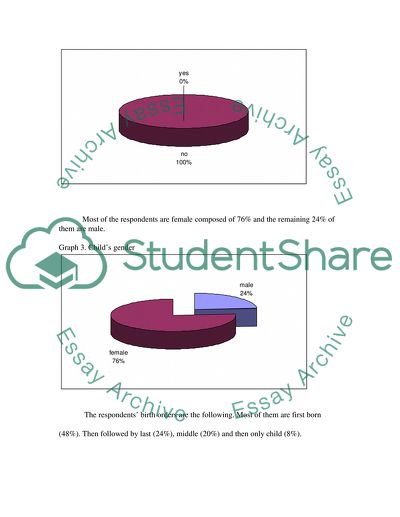Cite this document
(Mentally Ill Parents in the Family and Childrens Social Relationships Research Paper, n.d.)
Mentally Ill Parents in the Family and Childrens Social Relationships Research Paper. Retrieved from https://studentshare.org/psychology/1739918-reserach-paper
Mentally Ill Parents in the Family and Childrens Social Relationships Research Paper. Retrieved from https://studentshare.org/psychology/1739918-reserach-paper
(Mentally Ill Parents in the Family and Childrens Social Relationships Research Paper)
Mentally Ill Parents in the Family and Childrens Social Relationships Research Paper. https://studentshare.org/psychology/1739918-reserach-paper.
Mentally Ill Parents in the Family and Childrens Social Relationships Research Paper. https://studentshare.org/psychology/1739918-reserach-paper.
“Mentally Ill Parents in the Family and Childrens Social Relationships Research Paper”, n.d. https://studentshare.org/psychology/1739918-reserach-paper.


